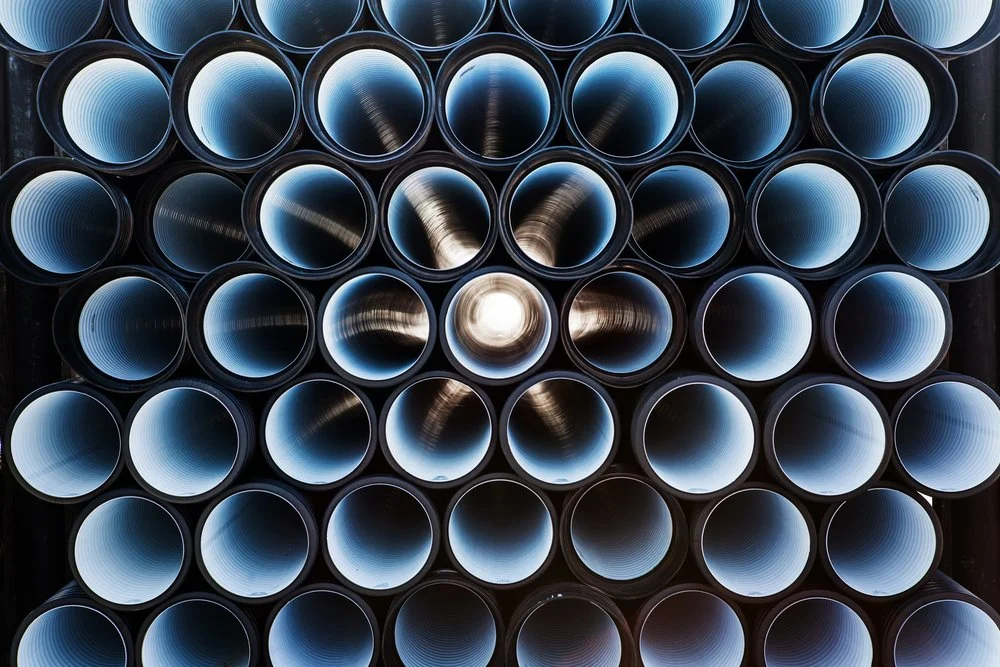Ever since the tragic train derailment in East Palestine this winter, Americans have been asking reasonable questions about chemical transportation and regulation. They want to know what caused the train accident and how to prevent it from happening again. Most of all, though, they want to know that their families are safe.
In hopes of alleviating some of the concerns surrounding the events in Ohio, we want to address a few of the most-common misconceptions about vinyl chloride, a chemical used to make PVC that has been the subject of much news coverage and commentary from environmental groups, such as this blog post from Toxic-Free Future (TFF).
While the post rightly focused on the concerns of East Palestine residents, it incorrectly summarized the science surrounding vinyl chloride and downplayed the chemical’s important role as a building block for so many of the PVC products society depends on.
Vinyl chloride exposure
Let’s begin with the most pressing question: does vinyl chloride exposure pose a risk to the public today? TFF told its readers that the Environmental Protection Agency (EPA) has labeled the chemical a carcinogen, but this is only part of the story.
In the early 1970s, before the implementation of important safety protocols, some employees at PVC production facilities developed a rare kind of liver cancer after repeated exposure over many years to very high levels of vinyl chloride. Today, however, technological innovations and regulations ensure that the production process is safe for workers and the residents who live around these facilities. The Centers for Disease Control and Prevention (CDC) clearly states that these liver cancer cases have been “virtually eliminated.”
According to the EPA, outdoor air concentrations of vinyl chloride “are generally quite low,” in part because emissions of the chemical have plummeted in recent decades. For every ton of PVC produced in the US, emissions of vinyl chloride have been cut by more than 86 percent since 1987. For this reason, the general public doesn’t face a cancer risk from vinyl chloride exposure.
What about East Palestine, though? An independent study conducted by Carnegie Mellon and Texas A&M sought to answer that question. The researchers found that vinyl chloride measurements in East Palestine “over time from both stationary and mobile monitoring indicated levels below long-term health thresholds.”
What about dioxins?
TFF and other organizations sent a letter to the U.S. Environmental Protection Agency (EPA) claiming dioxins emitted from the derailment are “the most toxic chemicals known to humankind,” but this again was an incomplete summary.
Dioxin relates to a group of combustion-produced chemical compounds emitted by a wide variety of sources, such as wood burning, forest fires, backyard trash burning, and industrial activities. The EPA estimates that the vast majority of human exposure – 90 percent of it – comes from the intake of animal fats, mainly meat, dairy products, fish, and shellfish.
With respect to dioxin emissions from the controlled vent and burn safety procedure during the derailment in East Palestine, the EPA explained that:
“Through sampling of on-site waste and off-site soils, EPA’s assessment of the impacts of the vent and burn operation has shown that the impacts of dioxin contamination to be minimal … “
The EPA further noted:
“The air and soil in and around the community has been monitored and sampled, and results confirm our confidence that the air and soil in East Palestine and surrounding communities, including inside homes, is not a concern for incident-specific chemicals.”
Environmental levels of dioxins have been declining for 30 years “due to reductions in manmade sources,” according to the EPA. Indeed the vinyl industry is responsible for less than five percent of all regulated sources of dioxin and less than 0.6 percent of all total sources in the US.
The EPA’s soil tests also reportedly found “no unusual amounts” of dioxins in East Palestine. “The chemical constituents in soil don't look to be changed from [the] typical background condition,” the EPA’s response coordinator added.The federal agency has helpfully made all of its testing methods and data from East Palestine available online, and is releasing bi-monthly summaries of its ongoing clean-up efforts in and around the area.
PVC’s overlooked benefits
TFF was clear that its ultimate goal is to eliminate the use of PVC in the name of environmental protection. “We don’t have to live with PVC plastics,” the group’s blog post declared. This statement dismisses the essential role PVC plays in making our lives better.The versatile plastic is used to produce life-saving medical supplies, durable pipes that supply clean drinking water, protection for electrical cables, and containers and wraps that prevent food-borne illness and food waste. These are invaluable products that make modern life possible.
Like all Americans, we want to preserve our natural resources for future generations and protect our families from harm. But achieving those goals is possible, in part, because we utilize adaptable materials like PVC to improve our living standards while reducing our environmental footprint. Eliminating it would be a costly mistake.









